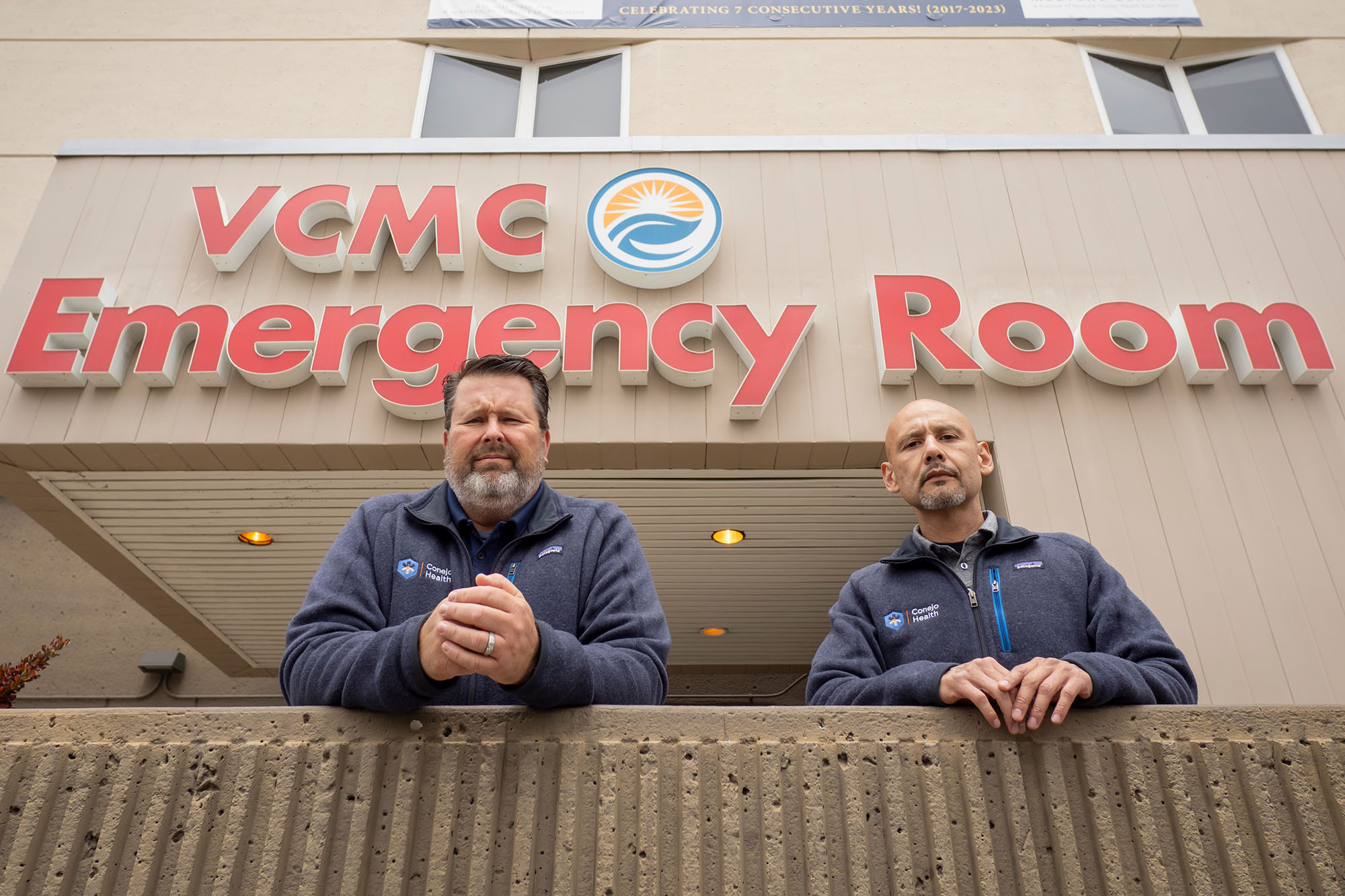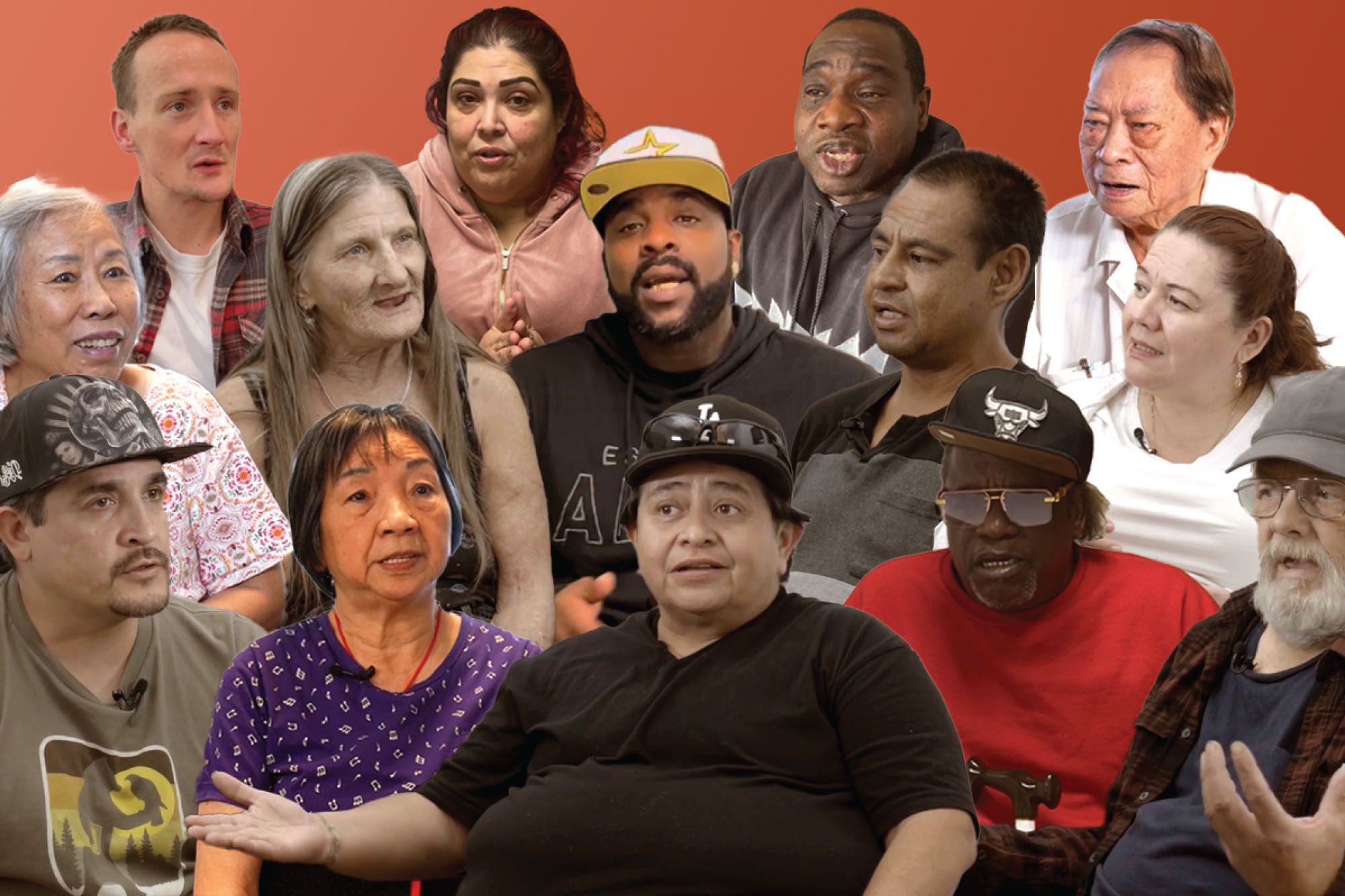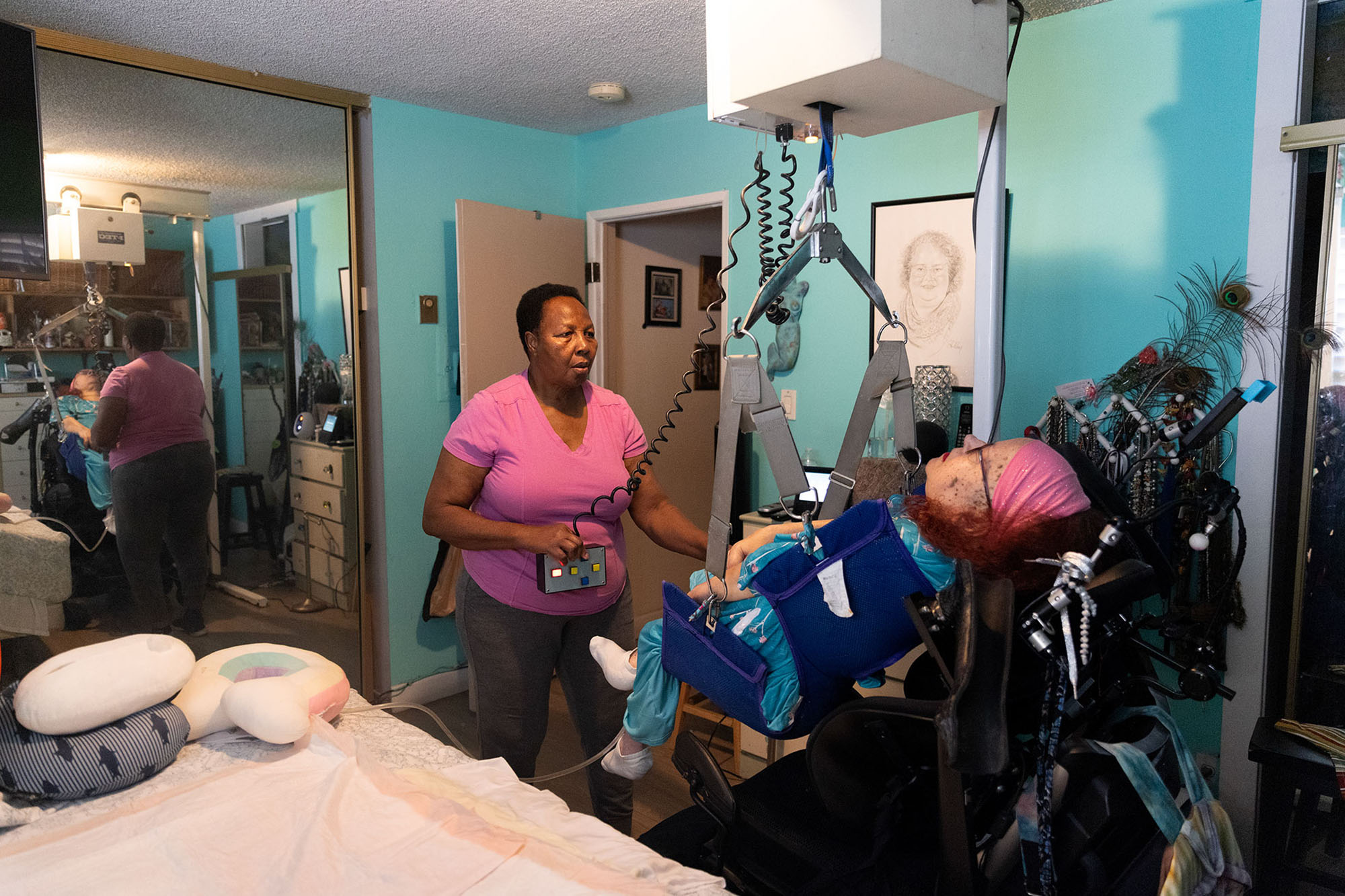|
Getting your Trinity Audio player ready…
|

When most people think of Medicaid, they think of health insurance — a public program for low-income families, older adults, children, and people with disabilities. But that’s only part of the story. Medicaid isn’t just about health coverage. Medicaid is one of the largest and most effective economic engines in the United States.
Each year, the federal government alongside states invest billions of dollars into Medicaid. That money doesn’t sit in government accounts — it moves through communities. It keeps hospitals open, supports hundreds of thousands of jobs, sustains rural health systems, and fuels a growing workforce of home care aides, behavioral health providers, and community-based service workers. For every dollar spent, Medicaid generates ripple effects far beyond health care. It helps the restaurant worker stay employed, enables older adults to remain in their communities, and gives entrepreneurs the security to open their small businesses.
Medicaid, the Economic Driver
Yet despite this, Medicaid is rarely discussed as an economic driver.
Too often, it’s treated as little more than a budget line — a cost to be managed or trimmed. But this view is dangerously short-sighted, especially now.
The country is at a crossroads. Pandemic-era coverage protections have ended, and more than 10 million people have already lost Medicaid as part of the so-called “unwinding” process. Meanwhile, states are grappling with strained safety-net systems, workforce shortages, and budget uncertainty. These challenges are real — but so are the opportunities.
Because Medicaid is about more than health insurance. It’s about jobs, stability, and economic growth.
Every time Medicaid pays for a doctor’s visit or funds a home health aide, that payment supports a job. That job supports a family. That family strengthens a local economy. And as Medicaid evolves — covering services like housing supports, nutrition, behavioral health, and social services — its economic impact only grows.
It also boosts workforce participation. When people have health coverage, they stay healthier, miss fewer days of work, and avoid financial ruin from medical bills. Medicaid gives working parents, caregivers, and people managing chronic conditions the stability they need to stay employed and contribute fully to their communities.
Reframing Our Understanding of Medicaid
The evidence is clear, especially in states that expanded Medicaid under the Affordable Care Act. Expansion has fueled job growth, strengthened hospitals, improved family financial stability, and helped prevent rural health systems from closing their doors.
I saw this firsthand in California, where I served as Undersecretary of the state Health and Human Services Agency. Medi-Cal, the state’s Medicaid program, covers more than 15 million people — roughly one in three Californians. Through initiatives like CalAIM, California has used Medicaid funding not just to treat illness but to tackle the root causes of poor health: housing instability, food insecurity, mental illness, and more. Along the way, the state has created new opportunities for employment and forged cross-sector partnerships that strengthen both community health and local economies.
This kind of innovation should be the norm — not the exception. But it requires reframing how we see Medicaid.
Proposed federal Medicaid cuts could lead to 217,000 lost jobs in California, $37 billion in reduced economic output in the state, and $1.7 billion in lost state and local tax revenue, according to the UC Berkeley Labor Center.
At the same time, two recent polls — one national by the Kaiser Family Foundation (KFF) and another focused on California by the California Health Care Foundation (CHCF) — show overwhelming bipartisan support for Medicaid. The KFF poll found that 82% of Americans want Medicaid funding to be either maintained or increased, while only 17% support cuts. In California, the numbers are even more striking: the CHCF poll found that 87% of Californians want Medi-Cal funding preserved or expanded, with just 13% favoring cuts. And for many, Medicaid is personal — more than half of Americans say they or a family member have benefited directly from the program. These numbers cut across political, geographic, and demographic lines, underscoring that Medicaid isn’t just popular — it’s essential.
Medicaid, the Strategic Asset
Policymakers in Washington, D.C., face hard fiscal choices. But weakening Medicaid would be counterproductive. It would hurt families, destabilize local economies, and undercut workforce participation at a time when employers are already struggling to hire and retain talent.
The question we should be asking isn’t whether we can afford Medicaid — it’s how we can make Medicaid work harder for our communities. How can we align it with other public and private investments to drive better health outcomes and greater economic resilience?
The answer starts by seeing Medicaid not as a budget burden, but as a strategic asset — a catalyst for growth, stability, and economic prosperity.
In a time of economic and social uncertainty, we have a choice: pull back or invest in smarter systems that deliver for people and strengthen the economy. Medicaid should be at the center of that strategy.
It’s time we start treating it that way.
This article first appeared in LinkedIn on April 13, 2025 and is reprinted here with permission. The author updated it with additional data before publication here.
Authors & Contributors

Marko Mijic
Former undersecretary, California Health & Human Services Agency
Marko Mijic is the former undersecretary of the California Health and Human Services Agency (CalHHS). He is currently a managing director at Sellers Dorsey and an Impact Fellow at the UC Berkeley School of Public Health.
At CalHHS, he managed 12 departments and five offices, overseeing more than 34,000 employees and an annual budget exceeding $260 billion. In this role, he focused on refining government operations, enhancing access to health and human services, and advancing an equitable recovery from the pandemic. He served under two governors and three CalHHS secretaries during his tenure.
Mijic’s leadership emphasized improved services for marginalized communities, including older adults and individuals with disabilities, grounded in a commitment to justice, equity, diversity, and inclusion.





